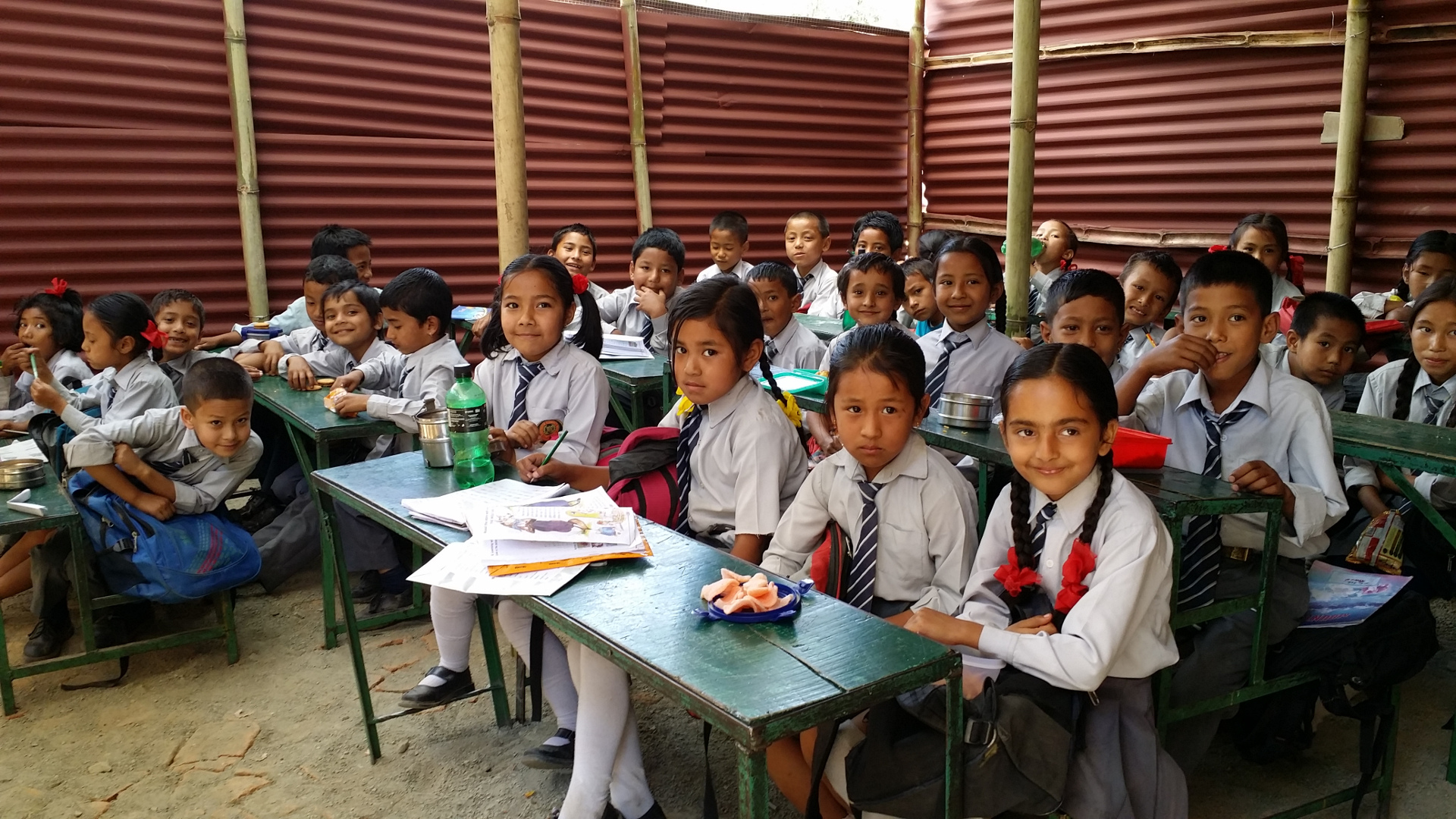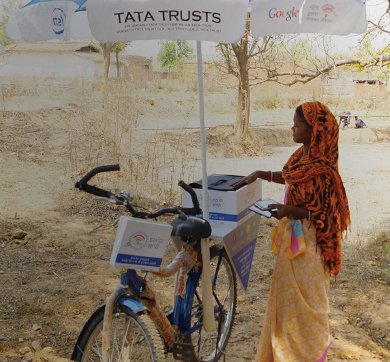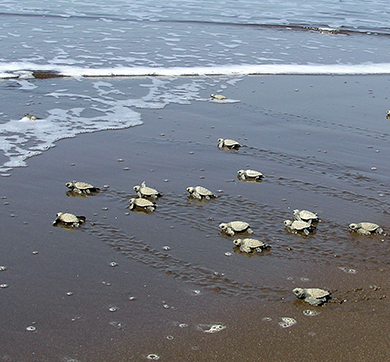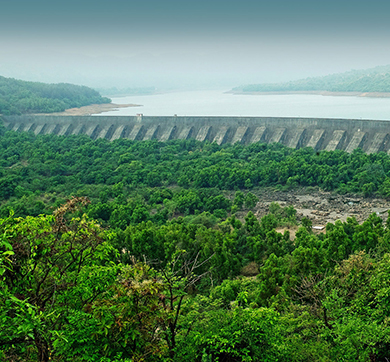December 2018 | 1580 words | 6-minute read
"We trekked through a heavily forested area, carrying supplies with us; built temporary bamboo bridges to reach a cluster of tribal hutments, which had not received any relief because the original bridge had been washed away. We just kept going until we reached them,” says Rashmi Devakumar, manager, admin and security, Titan Company, who is a project manager in the One Tata response team, responsible for organising relief work in the August 2018 Kerala floods.
The Tata group has always been a responsible corporate citizen, right since 1934, when it provided succour to the earthquake victims of Monghyr in Bihar till the 2017 flood-affected people in neighbouring Nepal. The group has been at the forefront of providing support to the people of India in the hour of need.
In 1967, the Tata Relief Committee (TRC), a voluntary body promoted by the Tata group, was constituted with the chief aim of rendering relief to victims in natural and man-made calamities. TRC led the group’s disaster response mandate till 2013 and played a key role in numerous responses, including the Gujarat earthquake of 2001 and the 2004 Indian Ocean tsunami.
.jpg)
Over the years, the group has formalised its disaster management process by putting systems in place. In 2014, the group established the Tata Sustainability Group (TSG) and brought the disaster response initiative under its ambit, as part of the One Tata initiative.
“The approach is both unified and centralised, to cut across group companies’ silos,” says Ajit Chaudhuri, assistant vice president, TSG. “Each disaster presents its specific set of challenges, so we need guidelines that are flexible enough to be deployed in different situations but still specific enough to be useful,” he adds.
Pan-India Readiness
Since 2014, the One Tata response team, under TSG, has taken several concrete steps towards disaster response preparedness. Each state has a disaster response forum headed by a convener, who is the single point of contact between all the project managers, procurement officers and volunteers for putting together the relief effort.
“In each state, a group company is identified to spearhead the relief effort. The selection is based on the company’s presence in the state and its capability in meeting a disaster situation,” says Aahna Srikanth, deputy manager, TSG.
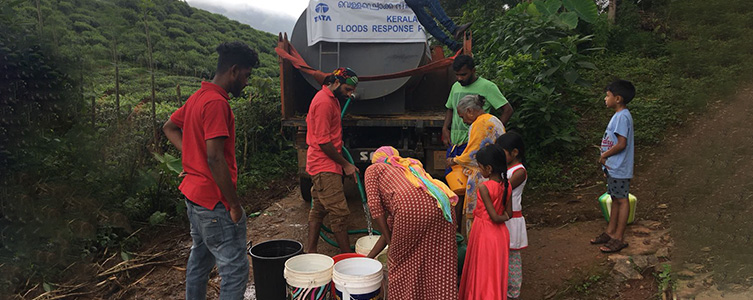
“At the state level, the forum meets at least once a year to exchange learnings in the field from across the country and to finalise roles and responsibilities in case of a disaster,” says Srikanth. The convener, who presides the meet, ensures that the group’s relief effort is completely aligned with support from the top to the grassroots level.
“It is amazing how the top leadership backs us,” says Shrirang Dhavale, deputy general manager, TSG. “In a short span, the response team is mobilised to procure, transport and break bulk items into kits. All of which requires a huge amount of local support. We also fall back on the Tata ecosystem wherever possible,” he adds.
These family relief kits consist of a hygiene kit, blankets, cooking utensils and solar lanterns. Water purifiers or mobile RO water purifying plants are also dispatched if needed. The kit also includes items designed for the region. For example, in the aftermath of the 2010 floods that affected the Ladakh region in Jammu and Kashmir, TRC provided 500 Arctic tents used as shelters in extremely low temperatures.
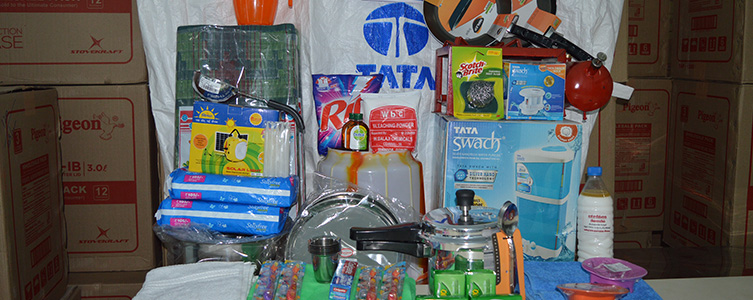
The convener’s role is not merely restricted to coordination and meetings. In the 2015 Tamil Nadu floods, TS Balasubramanian, convener for Tamil Nadu, set up a command centre in Chennai, where a 30-member team from HR, admin and IT infrastructure management came together to help stranded people.“We worked for almost 72 hours straight. At the time of a crisis, having such a source of information made all the difference,” says Balasubramanian.
Wheels In Motion
“Every disaster brings in new learnings into our systems, processes and guidelines,” says Chaudhuri.
“When a community is in trouble, we do not sit back, and just write cheques. We put ourselves out there to do things and make a difference. We have the capacity to stay out in the field for 5 years. We not only do relief work but also see the communities through to rehabilitation with an attempt to bring their lives back on rails.”
“In a disaster situation, wheels within wheels are set into motion to organise relief work. We have a standard operating procedure to manage such unforeseen events,” says Chaudhuri.
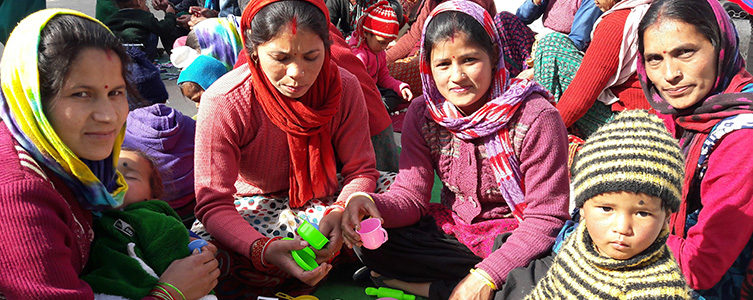
“We ensure complete transparency and accountability in distribution activities. We put up a list of beneficiaries, both in English and in the local language, in the public space. If a deserving beneficiary section is missed out, we make sure that they are covered too. People say that it is the transparency and accountability of the Tata system that makes Tata different,” says Chaudhuri.
However, the relief effort is not without its share of challenges. Sushil Kavathekar, deputy general manager, strategy, Tata Motors, who was the field project manager during the 2015 Tamil Nadu floods, recalls, “At distribution time, we had to seek police protection against local groups that could obstruct the relief effort. It’s tough to say no.” From taking on local leaders and politicians, to working with local government bodies and agencies, the relief work involves a full grasp on the ground realities, he adds.
Multiple Stakeholders
Disasters are chaotic, hard to manage and unpredictable. In 2015, the One Tata response team created the project manager’s (PM) cadre. Recruitment to the position was conducted in the same way as for any other position in an organisation. An advertisement was placed, applications shortlisted and interviews were conducted. They are leaders of the One Tata response teams. Selected from group companies, they head the team of volunteers in the field and can be reached out anytime.
“The skills we require in a project manager is the ability to operate in inclement weather, analyse the situation on the ground and not be dazed under any circumstance,” says Chaudhuri.
Procurement officers and volunteers always constitute the core in relief efforts. All relief effort can come to nothing if the procured material is not disbursed quickly to the victims. Towards this, we have a procurement cadre with help from the group companies, as several of them have procurement departments with trained professionals handling it. During peace time, they identify vendors and the list of basic items that go into making family kits, says Dhavale.
A mandatory one-week annual refresher course ensures that all those involved in relief effort interact with each other and remain in touch with the basics of relief operations. This probably explains why the strength of the cadre keeps rising each year.
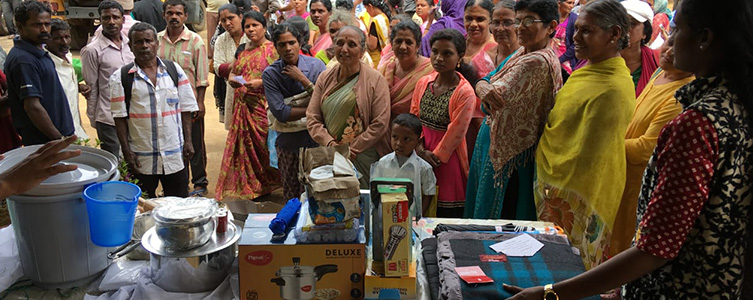
Stories From The Disaster Zone
Jammu and Kashmir floods
Satya Muniasamy, global communication director, Tata Global Beverages, was deployed as project manager to oversee relief work in the aftermath of the floods in 2014. Her work included the end of the relief phase to the beginning of rehabilitation. Satya spent roughly 3 weeks in the state along with another colleague, working with local NGOs, the local authorities and the army. “After a needs assessment, relief kits were packed, but distribution effort was fraught with challenges. Reaching the village was difficult, given the unpredictable weather and the volatile situation in the state,” says Satya.
Nepal earthquake
In the aftermath of the Nepal earthquake in April 2015, Tata group’s disaster response work extended to a neighbouring country. Major HabiGurang, who recently superannuated from Tata Power, was in Nepal with his family when the earthquake struck. “I volunteered with the One Tata response team to manage relief operations,” says the Major. “We trekked through dense forests, gorges and mountainous terrain to reach food supplies to the remote villages that were totally cut off. We had to protect the relief material from rain and pilferage on the trek, but the smile on the faces of villagers when we reached with the supplies made every challenge worthwhile,” he adds.
1965 Indo-Pak war and the 1999 Kargil conflict*
After the 1965 Indo-Pak war, the Tata group constituted a study group to understand the country’s requirements and not only contributed towards the war relief effort but also provided essential consumer goods produced by Tata companies. During the 1999 Kargil conflict, TRC set up the Tata Defence Welfare Corpus which was administered along with the Army Central Welfare Fund. Income from the corpus was used to help widows and children of army personnel killed or disabled in action.
Artificial limbs and mobility centre*
The Tata group set up the North Indian Artificial Limb Centre in the 1970s when an acute need was felt, especially after the 1971 Indo-Pak war, to develop and improve the manufacturing of artificial limbs in the country. Tata Motors (then TELCO) was already assisting the artificial limb centre in Pune, India, by donating components for artificial limbs that were then available only outside India.
Indo-Pak partition*
During the partition of India and Pakistan, the Tata group tried to lessen the trauma of those uprooted from their homes by deputing some employees to assist the government; to providing food, water and construction material for temporary shelters; to organising refugee camps. They also took care of widows and children of employees who lost their lives.
*Source: Tata Central Archives
—Namrata Narasimhan




